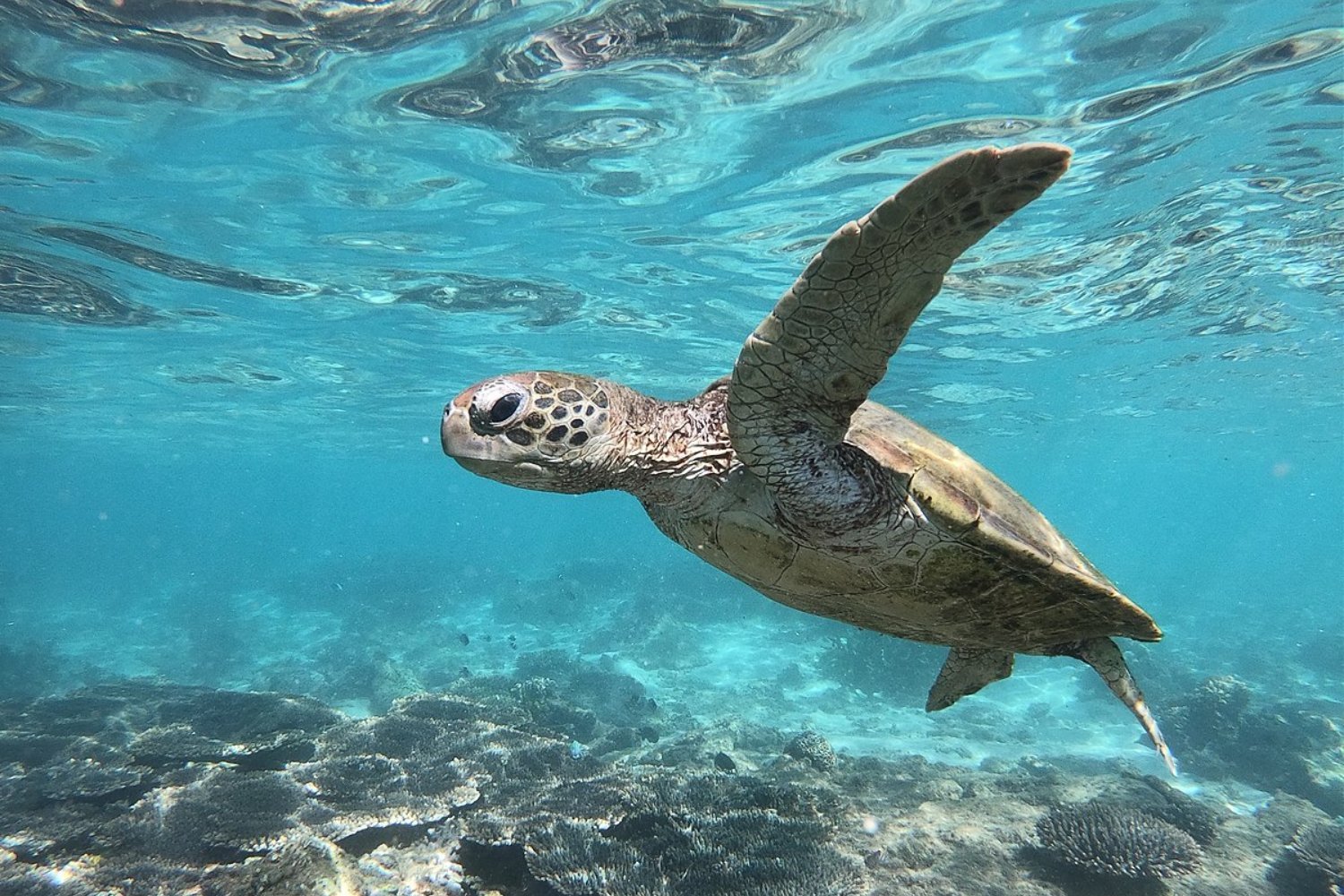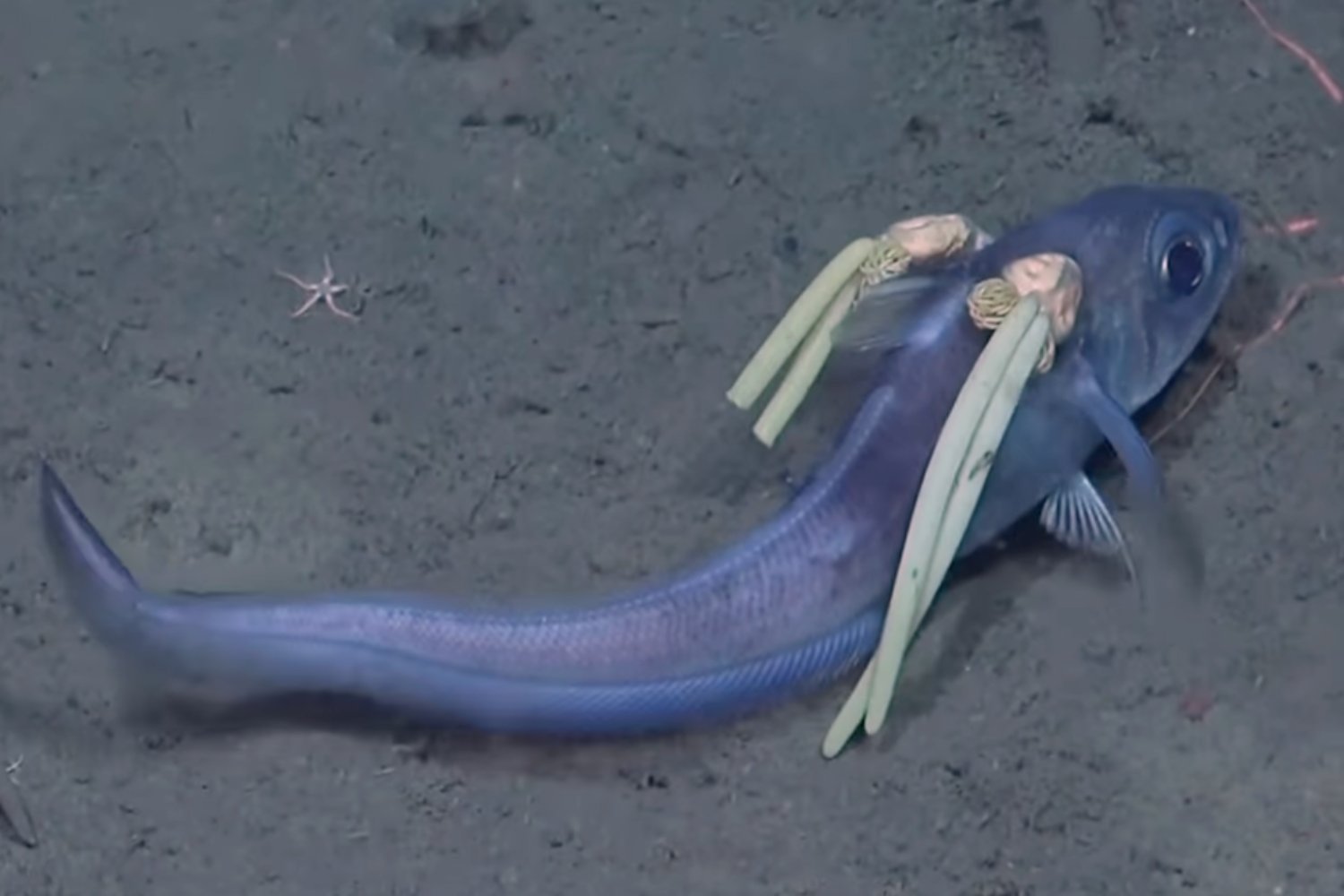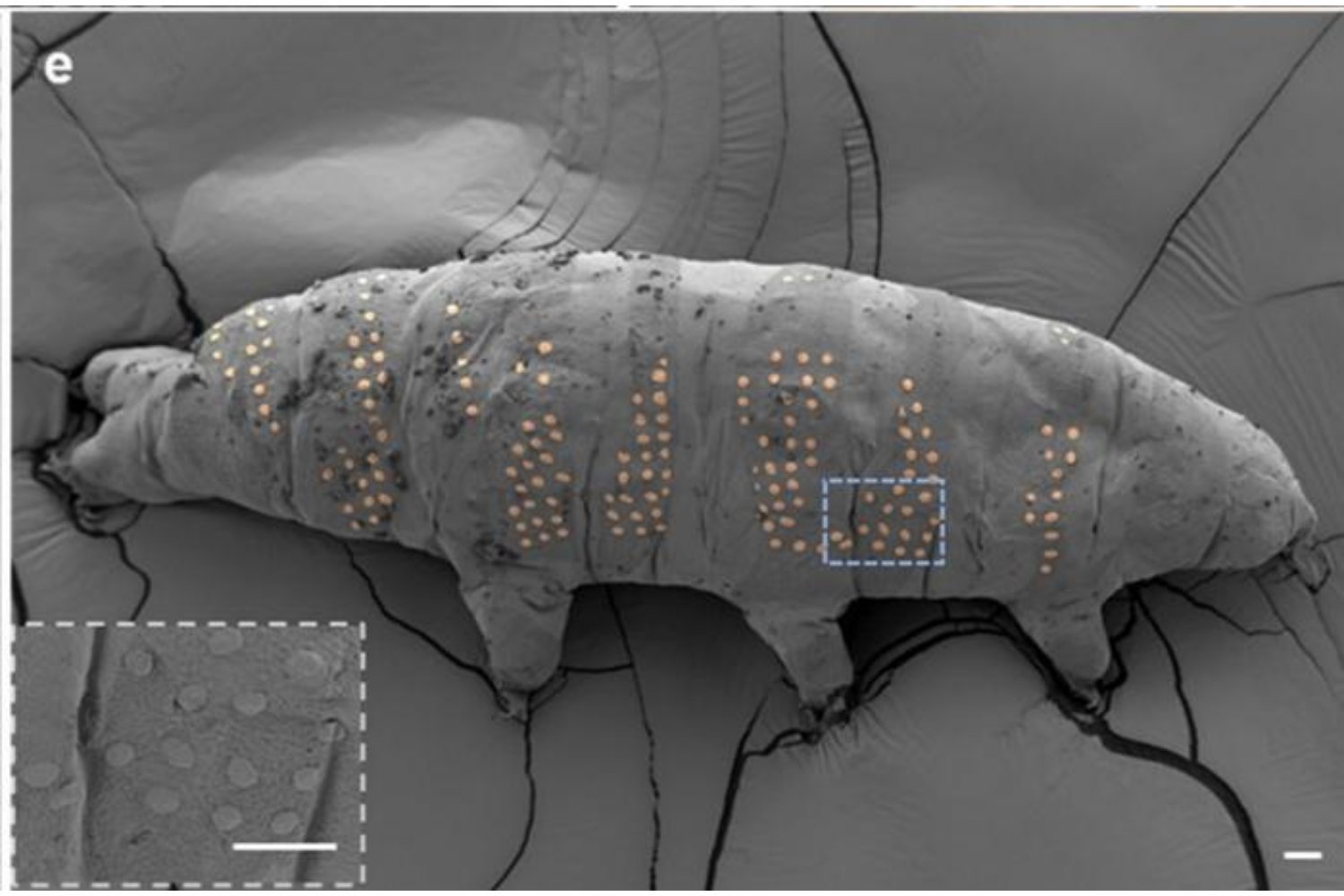For over a century, the colossal squid has remained a mysterious denizen of the deep sea. Known primarily from fragmented remains found in the stomachs of sperm whales and a few rare sightings of dying adults by fishermen, this 23-foot-long (7-meter-long) cephalopod has evaded close observation. Until now.
On March 9, 2024, researchers aboard the Schmidt Ocean Institute’s research vessel Falkor (too) achieved a remarkable feat. Using the remotely operated vehicle (ROV) SuBastian, they filmed a live juvenile colossal squid near the South Sandwich Islands in the Atlantic Ocean at a depth of approximately 2,000 feet (609 meters). This groundbreaking footage marks the first confirmed visual record of a colossal squid (Mesonychoteuthis hamiltoni) in its natural habitat.
A Giant Among Invertebrates
Despite its massive size, with adults weighing over half a ton (453 kilograms), the colossal squid remains remarkably elusive. ROVs like SuBastian provide an invaluable tool for observing these deep-sea giants in their extreme environment, which is largely inaccessible to humans.
A Century in the Making
This momentous sighting occurred during an Ocean Census flagship expedition, a global initiative dedicated to documenting deep-sea biodiversity. Remarkably, the discovery coincided with the 100th anniversary of the colossal squid’s formal scientific identification.
Double the Discovery: Glacial Glass Squid Sighting
Just weeks before the colossal squid encounter, on January 25, 2024, the Falkor (too) crew captured another first: footage of a glacial glass squid (Galiteuthis glacialis) in the Southern Ocean near Antarctica. This ghostly transparent squid, known for its distinctive “cockatoo pose” with arms positioned above its head, had also never been filmed alive before. Two groundbreaking squid observations within three months represent a significant achievement for marine biology.
Identifying the Juvenile Giants
Both squid discoveries were verified by experts Kat Bolstad and Aaron Evans, who analyzed the footage to confirm the species identifications. Juvenile colossal squids resemble glacial glass squids, but the presence of hooks on the colossal squid’s arms distinguishes it from its transparent relative. While both juveniles possess translucent bodies and long tentacles, only the colossal squid matures into a behemoth with basketball-sized eyes and a potential weight of up to 1,100 pounds, making it the heaviest invertebrate on Earth.
A Glimpse into an Unseen World
“This is exciting and humbling,” remarked Bolstad, highlighting the fact that these deep-sea creatures likely have no awareness of human existence. Given their extreme habitat, direct human interaction with colossal squids remains a rare event.
SuBastian’s Cephalopod Chronicles
These recent squid discoveries add to SuBastian‘s impressive track record of cephalopod observations. The ROV previously recorded the first in-situ sightings of the Ram’s Horn Squid (Spirula spirula) in 2020 and the Promachoteuthis in 2024, along with one yet-to-be-confirmed sighting. These findings demonstrate the crucial role of advanced technology in unveiling the secrets of the deep ocean.
Illuminating the Deep
The inhabitants of the deep sea remain largely hidden from human view. However, thanks to sophisticated submersibles and a touch of serendipity, scientists are gradually shedding light on even the most elusive creatures, like the colossal squid and the glacial glass squid. These discoveries highlight the vast unknown biodiversity that thrives in the depths of our oceans.











